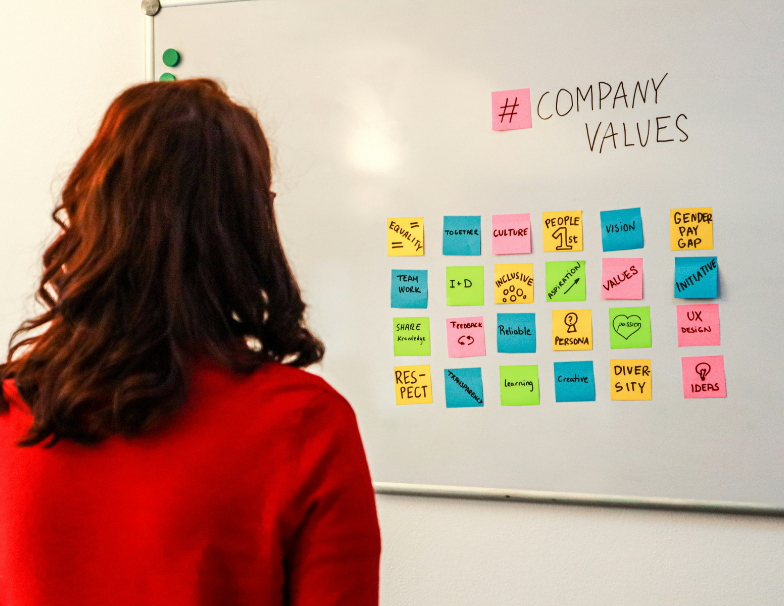Top 6 Leadership Retreats to Elevate Team Performance

Leadership retreats are designed to help leaders improve their skills, strengthen team dynamics, and rejuvenate their focus. Discover the top 15 leadership retreats that can boost your team’s performance and drive strategic growth in this comprehensive guide.
Key Takeaways
- Leadership retreats promote personal and professional development, enhance team dynamics, and improve organizational culture through structured, distraction-free environments.
- Key benefits of leadership retreats include team building, strategic planning, and professional development, all of which contribute to increased collaboration, morale, and leadership skills.
- Effective planning for leadership retreats involves defining clear objectives, understanding team needs, and selecting appropriate venues and activities to maximize the experience and outcomes.
Understanding Leadership Retreats
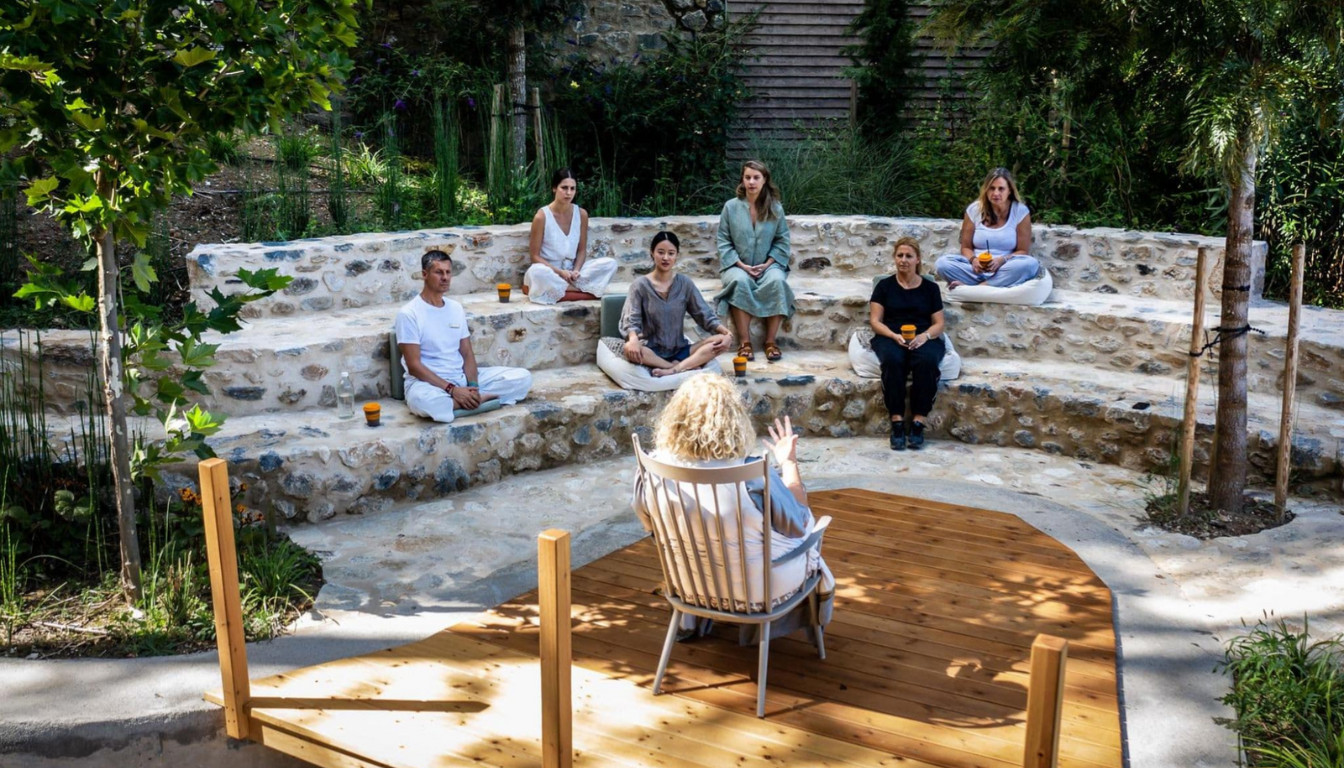
Leadership retreats are structured events that allow leaders to step away from their routine, promoting deeper connections and strategic thinking. These retreats are designed to enhance leadership skills and improve team dynamics by providing a focused environment free from daily distractions. Imagine your leadership team members engaging in activities that not only develop their professional skills but also foster a culture of collaboration and support.
The primary goal of a leadership retreat is to focus on personal and professional development while enhancing team cohesion. This is achieved through a variety of leadership retreat activities, including strategic planning sessions, skill-building workshops, and creative thinking exercises. Stepping away from daily operations allows leadership teams to reflect on their abilities, develop new strategies, and align their efforts with the organization’s vision.
Well-being and self-care are integral components of leadership retreats. Activities such as yoga, meditation, and wellness-focused meals contribute to the long-term effectiveness and resilience of retreat participants. A leadership retreat is valuable because it can rejuvenate the leadership team. This rejuvenation can lead to better performance and an improved organizational culture.
Benefits of Leadership Retreats
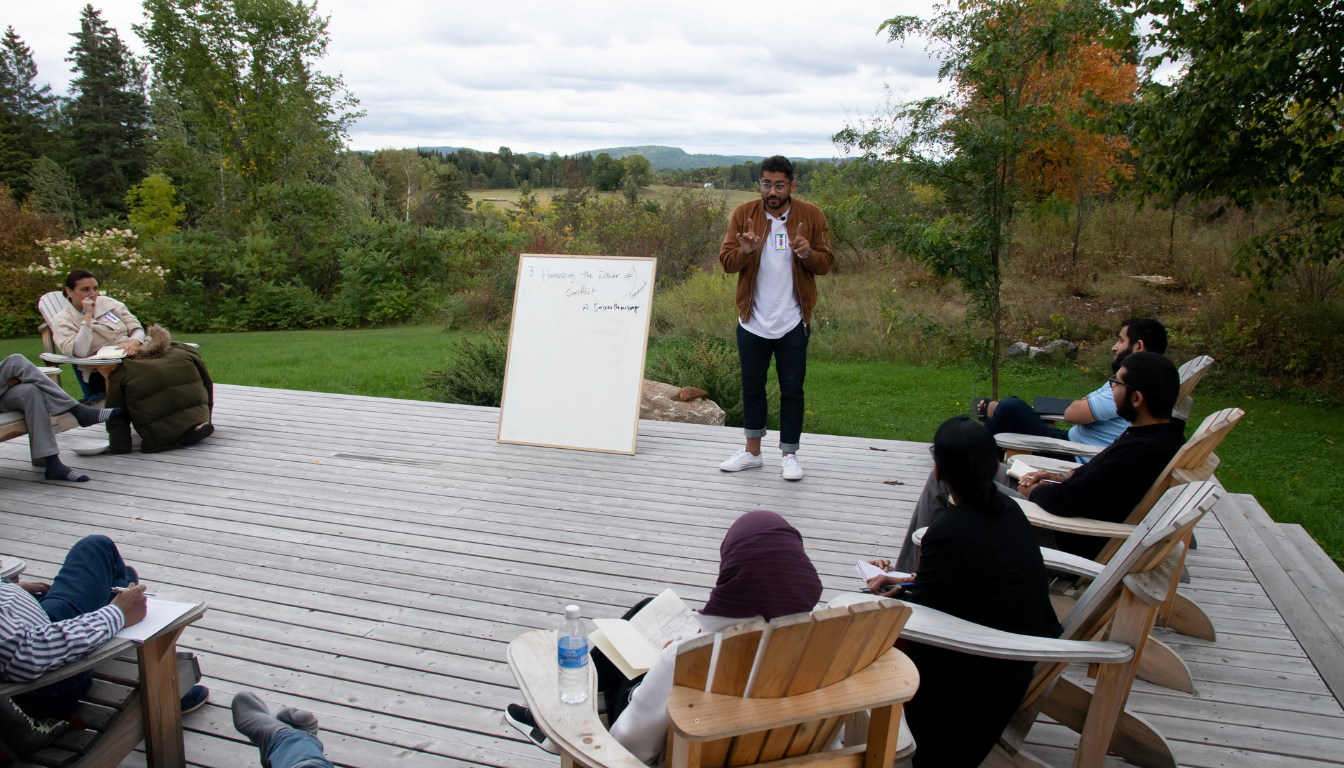
Leadership retreats offer a myriad of benefits, from boosting morale and collaboration to fostering personal and professional development. These retreats create a collaborative environment where leaders can step back, gain fresh perspectives, and develop stronger interpersonal relationships. The structured activities and discussions during a retreat are designed to improve employee engagement, reduce work-related stress, and enhance team bonding.
Engaging in leadership retreat activities such as outdoor adventures, workshops, and team building exercises promotes team bonding and emotional intelligence. Celebrating successes during the retreat makes employees feel valued and helps motivate the team. Providing honest feedback during discussions allows retreat participants to actively contribute to the team’s growth and development.
Let’s delve deeper into the specific benefits of leadership retreats, starting with team building.
Team Building
Team building is a cornerstone of any effective leadership retreat. Engaging in activities like food drives and habitat restoration can significantly enhance team bonding during retreats. These shared experiences promote stronger team cohesion and trust among leadership members. Imagine your team members working together in a beautiful environment, which can significantly boost creativity and team morale. Scenic venues create an environment that promotes relaxation and inspires creativity, essential for fostering collaboration and support.
Effective leadership retreats create space for leaders to develop a shared understanding and define collective goals. Discussions about current emerging trends and technological changes can enhance collaboration and communication during retreats. Public speaking training, another valuable activity, can enhance team building by improving communication skills and boosting confidence among team members. Additionally, exploring various leadership retreat ideas can further improve communication and enrich the experience.
These team building activities are designed to facilitate relationships, foster creativity, and improve overall team performance, leading to stronger relationships.
Strategic Planning
Strategic planning is a crucial component of leadership retreats, focusing on aligning the team’s efforts with the organization’s overall vision and long-term goals. Retreats provide a focused environment for teams to align on long-term strategies and objectives. Imagine your leadership team engaging in strategic planning sessions, free from the distractions of day-to-day operations, allowing for deeper strategic thinking and problem-solving skills.
Digital brainstorming platforms play a significant role in enhancing the quality of strategic planning discussions during a brainstorming session. These platforms enable more dynamic group interactions, allowing participants to visualize ideas collectively and streamline complex discussions through technology strategic planning brainstorming.
Future-proof exercises facilitate discussions about new technologies and industry trends, ensuring that your team is well-prepared for upcoming challenges and opportunities from the past year. Incorporating strategic planning into your leadership retreat ensures that your team’s efforts align with the organization’s vision and long-term goals.
Professional Development
Professional development is a key benefit of leadership retreats, providing opportunities for leaders to continuously develop essential skills for effective leadership. Workshops and seminars are integral activities that enhance skill sets during leadership retreats. Imagine your team engaging in targeted workshops that focus on both hard and soft skills, such as decision-making, emotional intelligence, and innovative thinking.
Integrating skill development activities in leadership retreats can achieve both professional development and personal growth. Self-reflection sessions allow leaders to assess their abilities and performance, helping them develop new strategies for their roles.
Focusing on professional development during leadership retreats enhances decision-making, communication skills, and overall business performance. Let’s move on to how to plan a successful leadership retreat, ensuring that you achieve these benefits.
How to Plan a Successful Leadership Retreat

Planning a successful leadership retreat requires careful preparation and attention to detail. Defining clear objectives for the retreat is crucial for effective planning. Understanding the specific needs of the leadership team ensures a tailored retreat experience that addresses those needs. Seeking professional support can help in planning leadership retreat themes and finding impactful activities.
The agenda should include a variety of activities that promote engagement and achieve essential professional outcomes. Hosting an impactful leadership retreat helps achieve essential professional outcomes that align with the organization’s vision.
Let’s break down the key steps to plan a successful leadership retreat, starting with defining objectives.
Define Objectives
Clear objectives are essential for a successful leadership retreat. They help ensure that the event stays focused and productive. Setting clear objectives gives direction for retreat activities. It also imparts a sense of purpose. Organizations should reflect on desired outcomes and set goals for the retreat before selecting activities.
Involving the team in planning fosters a sense of ownership and anticipation for the retreat. Setting clear objectives ensures that your retreat remains focused and productive.
Understand Team Needs
Understanding team needs is crucial for planning an effective leadership retreat. Organizers can identify which skills participants want to improve by asking team members before the retreat. Imagine gathering input from your leadership team members on their specific needs and preferences, ensuring that the retreat activities cater to their development goals. Choosing activities that cater to skill improvement can effectively address the specific needs of the leadership team.
Acknowledging the specific relaxation and bonding needs of the team enhances the retreat experience. Considering the unique needs of your team helps create a retreat agenda that promotes team bonding, skill development, and overall team performance. Understanding your team’s needs ensures that the retreat is both impactful and enjoyable for all participants.
Logistics and Budgeting
Budgeting is crucial for determining the feasibility of activities and aligning with financial constraints. When selecting a venue for a leadership retreat, consider amenities like sports facilities and nearby attractions to enhance the experience. Choosing a private venue enhances focus and productivity by minimizing external distractions.
Key aspects of logistics to consider when planning a successful retreat agenda include budget, location, and amenities. Careful planning of logistics and budgeting ensures a seamless and effective leadership retreat.
Top Leadership Retreat Activities
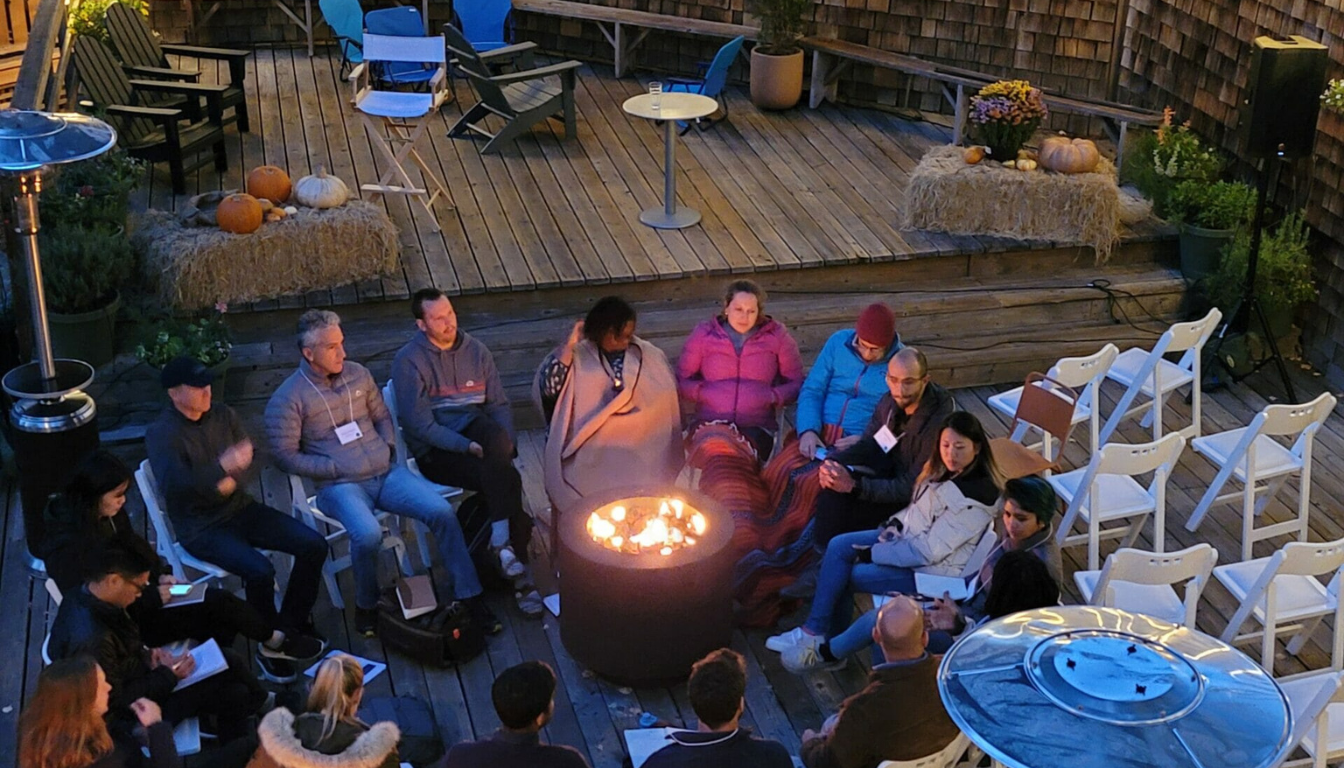
Engaging activities at leadership retreats create an environment for team members to collaborate, learn, and bond together. Imagine your team participating in neighborhood scavenger hunts, mini-golf courses, and creative workshops like Canvas and Cookies. These activities promote teamwork, communication, and problem-solving skills, essential for effective leadership development. Inviting impactful speakers can offer fresh perspectives and motivational insights that resonate with leadership goals.
Choosing the right leadership retreat activities is crucial for achieving the desired outcomes. Incorporating a mix of fun and educational activities ensures that your leadership team members remain engaged and motivated throughout the retreat.
Let’s explore some of the top leadership retreat activities, starting with icebreaker games.
Icebreaker Games
Icebreaker games are used during leadership retreats to facilitate interactions, encourage team spirit, and promote problem-solving. The purpose of icebreaker activities during a leadership retreat includes encouraging team building, enhancing comfort, and facilitating relationships. Imagine starting your retreat with icebreaker questions designed to help team members get to know each other better. Types of icebreakers include funny questions, discovering things in common, and discussing past life experiences.
Icebreaker activities help lighten the mood and allow leaders to show their human side, fostering deeper interpersonal relationships. These activities create a comfortable environment for participants and facilitate relationships among them.
Through icebreaker activities, participants can practice skills such as trust-building, essential for a strong company culture and growth. Implementing icebreaker games at the start of the retreat sets a positive atmosphere, encouraging engagement and openness among participants.
Skill-Building Workshops
Skill-building sessions should focus on a mix of hard skills such as social media usage as well as soft skills like emotional intelligence. External speakers can lead workshops, offer specialized knowledge, and encourage open communication among participants. Imagine your leadership team members engaging in targeted workshops that teach emotional intelligence training, communication, and decision-making skills. These workshops are designed to foster creativity and enhance leadership skills.
Engaging activities, such as nutrition and culinary workshops, can foster teamwork and build essential leadership skills. Incorporating skill-building workshops into your leadership retreat ensures continuous development and enhancement of your team culinary experience.
These workshops provide valuable opportunities for personal and business performance and professional growth, ultimately improving overall team performance.
Outdoor Team Building Exercises
Team building activities outdoors can create lasting impressions and promote teamwork by combining physical wellness with fun. Imagine your leadership team members engaging in activities such as rafting, hiking, kayaking, and team sports like bowling and volleyball. These activities help clear thoughts and focus on out-of-office experiences, fostering both relaxation and collaboration. Outdoor activities aim to provide enjoyment and fresh air, enhancing the overall retreat experience.
Team sports promote physical activity, improve dynamics, and build trust among leaders. Scavenger hikes allow teams to relax and recharge while fostering collaboration through group challenges. Incorporating outdoor team building exercises into your leadership retreat ensures your team returns refreshed, recharged, and more cohesive.
Leveraging Technology in Leadership Retreats
Technology enhances leadership retreats by promoting collaboration and allowing remote teams participation. Utilizing technology facilitates remote participation and enhances team collaboration, ensuring that all team members can contribute regardless of their location. Imagine your leadership team members engaging in virtual collaboration platforms and online learning resources, enhancing their skills and knowledge in real-time. The use of digital tools ensures real-time collaboration, allowing for equal contribution from all participants.
Incorporating technology into your leadership retreat enhances engagement, fosters creativity, and ensures productivity. Let’s explore the specific technological tools that can elevate your leadership retreat experience, starting with virtual collaboration tools.
Virtual Collaboration Tools
The purpose of virtual collaboration tools in leadership retreats is to enable real-time collaboration and idea generation. These tools enhance engagement during retreats by fostering creativity among team members and ensuring productivity.
Imagine your team members and other team members participating in interactive environments for discussions, training sessions, and workshops, facilitated by virtual collaboration tools. These tools maintain engagement by providing interactive environments for discussion, ensuring that all participants are actively involved.
Digital Brainstorming Platforms
Digital brainstorming platforms promote interactive collaboration, allowing team members to share and develop innovative ideas collectively. In addition to idea generation, these platforms streamline strategic planning by organizing thoughts and proposals efficiently.
Imagine your team using digital platforms to enhance brainstorming sessions, ultimately improving the effectiveness of your leadership retreat and creative thinking sessions. Incorporating digital brainstorming platforms ensures that your retreat is both productive and innovative.
Online Learning Resources
Continuous development for leaders is essential to maintain and enhance skills post-retreat. Online learning resources provide tailored opportunities for leaders to refine their skills and knowledge. Imagine your leadership team members utilizing these resources to improve decision-making, align strategic goals, and enhance overall team engagement.
Incorporating online learning resources into your leadership retreat ensures ongoing personal and professional development for your team.
Wellness and Mindfulness Activities
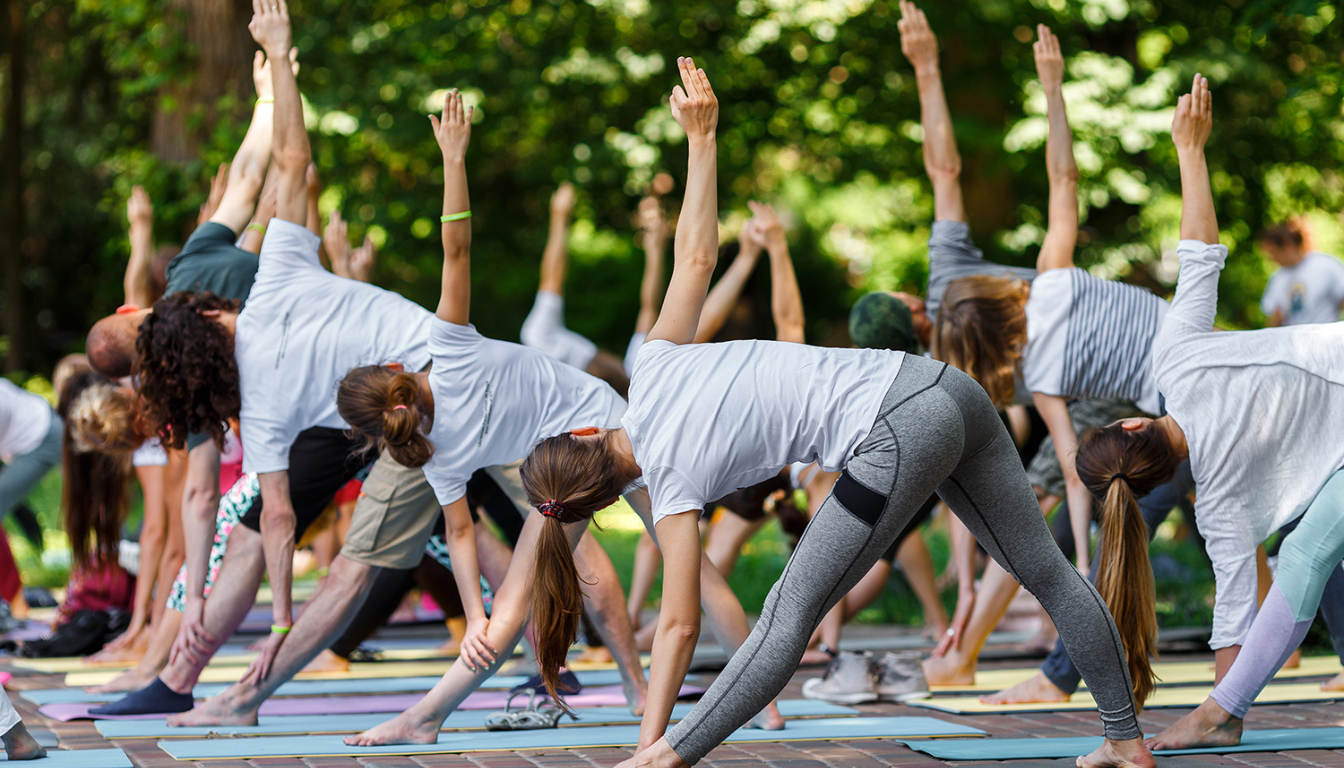
Leadership retreats offer leaders a chance to recharge and refocus away from daily tasks, enhancing motivation. Wellness-focused activities provide leaders with essential opportunities to recharge and reconnect with their personal well-being. Imagine your team members participating in outdoor activities that help them rejuvenate and refresh their minds. Diverse outdoor activities during leadership retreats help refresh minds and foster relaxation.
Incorporating activities like yoga, meditation, and wellness-focused meals can significantly enhance leaders’ mental clarity and overall well-being. Promoting wellness and mindfulness during your leadership retreat ensures that your team is mentally and physically prepared to tackle future challenges.
Let’s explore specific wellness activities, starting with yoga and meditation.
Yoga and Meditation
Yoga and meditation are essential components of wellness and mindfulness sessions for leaders. These practices enhance mental clarity and promote emotional intelligence among leaders. Imagine your team members participating in guided meditation sessions that reduce stress management and contribute to a more relaxed leadership environment.
Wellness and mindfulness activities play a crucial role in leadership retreats, promoting overall well-being, as emphasized by wellness activities leaders.
Wellness-Focused Meals
Nutritious meal options at retreats support steady energy levels and overall wellness among participants. Imagine your team members enjoying healthy snacks and meals that improve their focus and engagement during the retreat.
Incorporating wellness-focused meals into your leadership retreat ensures that participants are well-nourished and energized throughout the event.
Community Engagement and Social Responsibility
Integrating community service into retreats cultivates a sense of social responsibility among team members. Involvement in community service activities during leadership retreats promotes empathy and raises awareness of social issues. Imagine your team members participating in local volunteer projects that allow them to contribute to the community and foster team bonding. Engaging with the local community through volunteer work broadens perspectives and develops an understanding of social responsibility.
Community-based learning enhances connections within the community. It also adds depth to the retreat experience. Focusing on social responsibility during your leadership retreat ensures that your team develops a deeper understanding of the local community and contributes positively to societal causes.
Let’s explore specific community engagement activities, starting with local volunteer projects.
Local Volunteer Projects
Organizing local volunteer activities during leadership retreats fosters social responsibility and strengthens team bonds. Imagine your team members participating in food drives and habitat restoration projects that benefit the local community. Engaging in community service projects not only benefits the local community but also enhances teamwork and collaboration among participants.
Teams should consider integrating these volunteer projects into their next leadership retreat to maximize impact and foster connections among team leaders.
Charity Events
An example of a charity activity that can be organized during leadership retreats is the Charity Bike Build by Teamland. Imagine your team members participating in the Wheelchairs for Charity activity, which fuses philanthropy with real-world learning outcomes, enhancing the retreat experience.
Hosting charity events, a unique team building idea, as part of leadership retreats is essential for combining team building with giving back to society. Engaging in charity events helps improve team dynamics while fostering a sense of social responsibility among participants.
Selecting the Right Venue for Your Leadership Retreat
Choosing the right venue for a leadership retreat is crucial as it can significantly influence team dynamics and overall experience. Selecting an offsite location can boost creativity and minimize distractions during the retreat. Imagine your team members engaging in retreat activities at picturesque settings like the Geneva Point Center, which offers versatile meeting spaces and comfortable lodging options. Partnering with local businesses during the retreat creates collaboration opportunities and enhances community ties.
Factors to consider when selecting a location for a leadership retreat include fostering focus and relaxation. Choosing a venue that aligns with your retreat objectives ensures a successful and impactful leadership retreat. Let’s explore specific venue options, starting with scenic locations.
Scenic Locations
A setting like Lake Winnipesaukee provides relaxation and rejuvenation, making it an ideal backdrop for retreat centers. Imagine your team members engaging in leadership retreat activities at the Geneva Point Center, located on Lake Winnipesaukee in New Hampshire.
Choosing scenic locations for leadership retreats enhances relaxation and inspiration, vital for effective team building in a relaxed environment.
Comprehensive Facilities
Having a venue with a variety of adaptable spaces is crucial for accommodating different types of activities during the retreat. Imagine your team members engaging in strategic planning sessions, team building exercises, and wellness activities at a venue that supports a variety of team building and strategic planning activities in a group setting.
The versatility of facilities at retreat venues ensures that your leadership retreat is both productive and enjoyable.
Gathering Feedback and Measuring Success
Collecting post-retreat feedback allows teams to evaluate their strengths and pinpoint areas needing enhancement. Imagine your team members sharing their experiences and providing honest feedback through post-retreat surveys. Feedback fosters a culture of transparency within teams, encouraging open communication about participants’ experiences. By analyzing feedback, you can enhance participant satisfaction and identify areas for improvement, ensuring future retreats are even more successful.
The analysis of feedback is essential in measuring the success of leadership retreats, guiding future planning and implementation. Gathering feedback and measuring success ensures that your leadership retreat achieves its desired outcomes and contributes to the overall growth and development of your team.
Let’s explore specific methods for gathering feedback and measuring success, starting with post-retreat surveys.
Post-Retreat Surveys
Participant feedback helps improve future leadership retreats by understanding what worked and what did not. Imagine distributing a physical or digital survey to gather feedback from retreat participants, demonstrating that you value their opinions and want to create the best experience.
Using feedback from retreat participants is important as it demonstrates that you value their opinions and want to create the best experience. Common KPIs for evaluating retreats include participant engagement levels and feedback on leadership effectiveness.
Key Performance Indicators
Key Performance Indicators (KPIs) are essential for evaluating the success of leadership retreats in fostering individual and team growth. Imagine tracking the progress of individual leadership skills before and after the retreat to serve as an effective KPI. Common KPIs for leadership development include improvement in decision-making skills, enhancement of strategic thinking, and increase in team engagement metrics.
Team morale and retention rates are additional performance indicators that can reflect the impact of leadership retreats on overall team dynamics. Regularly measuring these KPIs will not only assess the impact of the retreat but also provide insights for enhancing future leadership development initiatives.
Summary
Leadership retreats offer a unique opportunity for leadership teams to step away from their daily routines, engage in meaningful activities, and return more focused and cohesive. From team building exercises and strategic planning sessions to professional development and wellness activities, retreats provide a holistic approach to leadership development. By carefully planning and selecting the right activities, venues, and technological tools, you can ensure a successful and impactful leadership retreat.
Incorporating community engagement and gathering feedback are essential for continuous improvement and fostering a culture of transparency and social responsibility. As you plan your next leadership retreat, keep in mind that the ultimate goal is to boost team performance and align everyone’s efforts with your organization’s vision. Companies like Offsite can help streamline the process, ensuring your retreat is both impactful and thoughtfully executed. With the right approach, your leadership retreat can be a transformative experience that drives growth and success for your team and organization.
FAQs
- What are the primary goals of a leadership retreat?
The primary goals of a leadership retreat are to foster personal and professional growth, strengthen team cohesion, and ensure alignment with the organization's vision and long-term objectives. Achieving these goals can significantly enhance overall effectiveness and teamwork.
- What types of activities are included in a leadership retreat?
Leadership retreats typically incorporate team building exercises, strategic planning sessions, skill-building workshops, and wellness activities. Engaging in these diverse activities fosters collaboration and personal growth among participants.
- How can technology enhance a leadership retreat?
Technology enhances a leadership retreat by facilitating collaboration among participants, enabling remote engagement, and providing innovative tools for real-time idea generation. By incorporating these technologies, the retreat can foster a more inclusive and dynamic environment.
- Why is it important to gather feedback after a leadership retreat?
Gathering feedback after a leadership retreat is crucial for evaluating its effectiveness, identifying strengths and weaknesses, and fostering transparency. This insight guides future planning, ensuring continuous improvement in the retreat experience.
You may also like
Unique spaces for your next offsite
Find distinctive venues for your upcoming corporate retreat.
Stay Updated with Our Insights
Get exclusive content and valuable updates directly to you.


